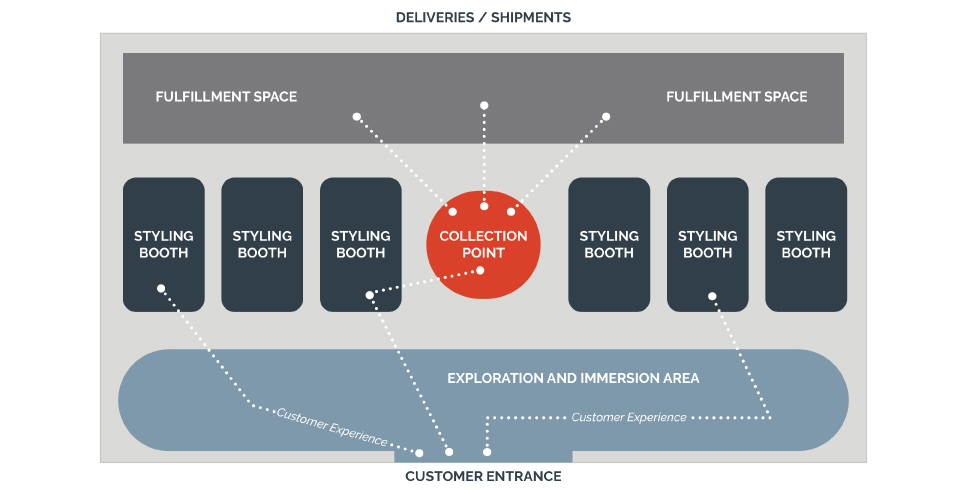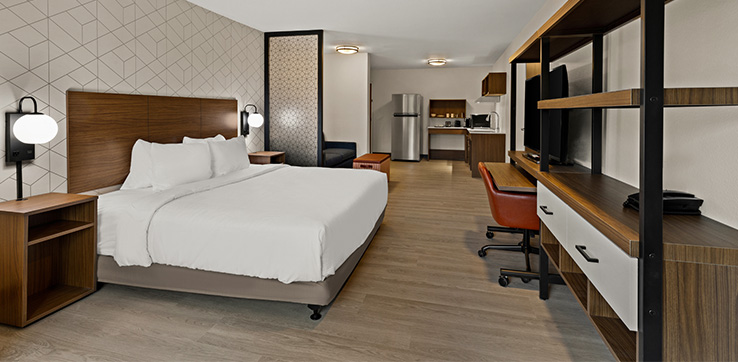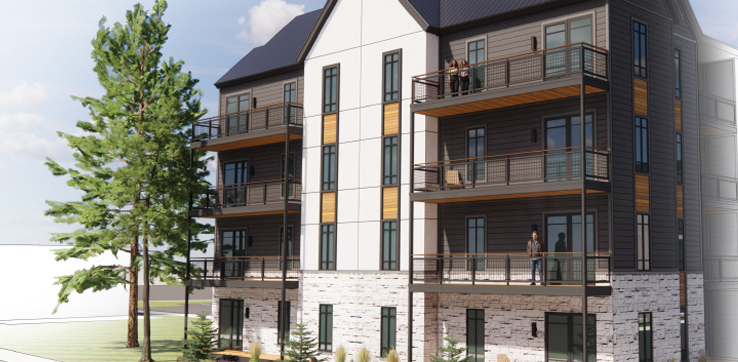Over the past few months, the term metaverse has flooded conversation. What began as a virtual world in the gaming community is now bleeding into mainstream industries. Microsoft and Meta/Facebook are making significant investments to develop this technology as retailers try to determine how to leverage this virtual space. But first, they must understand the metaverse. In its simplest definition, the metaverse is a simulated world where participants can interact with other users, purchase digital assets, play games and create an avatar or persona that can be used on any platform. Once understood, retailers can invest in the metaverse and begin the integration of this virtual world into their physical stores.

Pioneers of the Retail Metaverse
The luxury goods sector of the retail industry is currently spearheading the jump into the metaverse. Brands such as Gucci, Louis Vuitton and Balenciaga are partnering with Roblox and Fortnite to offer their products in a digital version or create new content as non-fungible tokens (NFTs). Recently a virtual Gucci bag was purchased for over $4,000, even more than its physical counterpart. These brands are evoking the need to have virtual luxury goods and this new platform opens the brand up to consumers who may have never set foot in one of their physical locations. It is allowing people to ‘try’ these brands without the physical ‘baggage.’
Integration into the Built Environment
There are a few key areas where the integration of the metaverse would be successful in aligning with the experiences of physical stores. The sales floor could essentially be removed. When entering, the consumer would be greeted with tables of fabrics in multiple colors and textures. There would be a few sales associates around to assist with questions and point of purchase, but the heart of the space would be the styling booths. Here the shopper would enter the metaverse where a virtual personal stylist would guide them through the shopping experience. Once complete, the items selected could be brought to the collection point location. This would allow for excess space in the overall footprint leaving room for fulfillment or community areas.
At a macro level, this could enable unlikely pairings in a single metaverse. Traditional landlords, like Simon Property Group, could partner with Microsoft or Meta to create virtual lifestyle centers where multiple brands co-exist. This would allow new opportunities within the built environment – for example, creating microfulfillment centers for multiple brands or new space for digitally native brands to test out the built environment in a food hall-like space.

What’s Next for the Retail Metaverse?
Retail brands now have the ability to market their products to a new demographic but there are still areas that need to be further developed with this emerging technology. As the metaverse integrates into the retail industry, there are aspects of the traditional shopping experience that will not translate including the customer’s sense of touch and smell. When purchasing a physical product touch is extremely important to the consumer because the ability to feel the quality of the material validates the price of the product. So, how can retailers replicate this sensation in a virtual world? The idea behind Bonobos’ Guideshop locations is one possible way to integrate the feeling of touch. A carefully curated selection of products could be available for interaction with the consumer.
The holistic experience of shopping in a lifestyle center or mall also needs to be considered to recreate the experience in the metaverse. Traditionally, these developments were created to offer a variety of stores and amenities in one location and offer convenience to shoppers. The metaverse completely removes this idea and presents each store as a single experience. Creating a centralized metaverse would allow frictionless shopping for the consumer and increased traffic for neighboring brands. At a micro level, the spatial awareness of the individual store may also be limited. The consumer can experience the store and product and how their interaction will occur within minutes of entering. To be able to create this same effect in the metaverse, each brand will need to design a virtual experience that relates and interacts with their built environment.
The metaverse is taking a hold of the retail industry. There are plenty of advantages to this technology, but the key will be which retailers integrate it into their built environment, making it inherently part of their business as opposed to a trend that will disappear in the next couple of years. The brands that successfully navigate this integration will capture the omni-consumer and stay relevant. In another blog post coming next month, our team will share a unique design concept that retailers could easily implement into their physical locations.
About the author:
Jennifer Lehmkuhl Corkrean, AIA, LEED Green Assoc., is an Associate and Program Manager in our Kansas City office. Jennifer’s experience covers projects in the retail, commercial, grocery and mixed-use markets. She currently leads one of our retail client account teams, and is actively involved in all project phases, including design development and review, entitlement, construction documentation and administration, and coordination between engineering consultants and the client. Email her.



